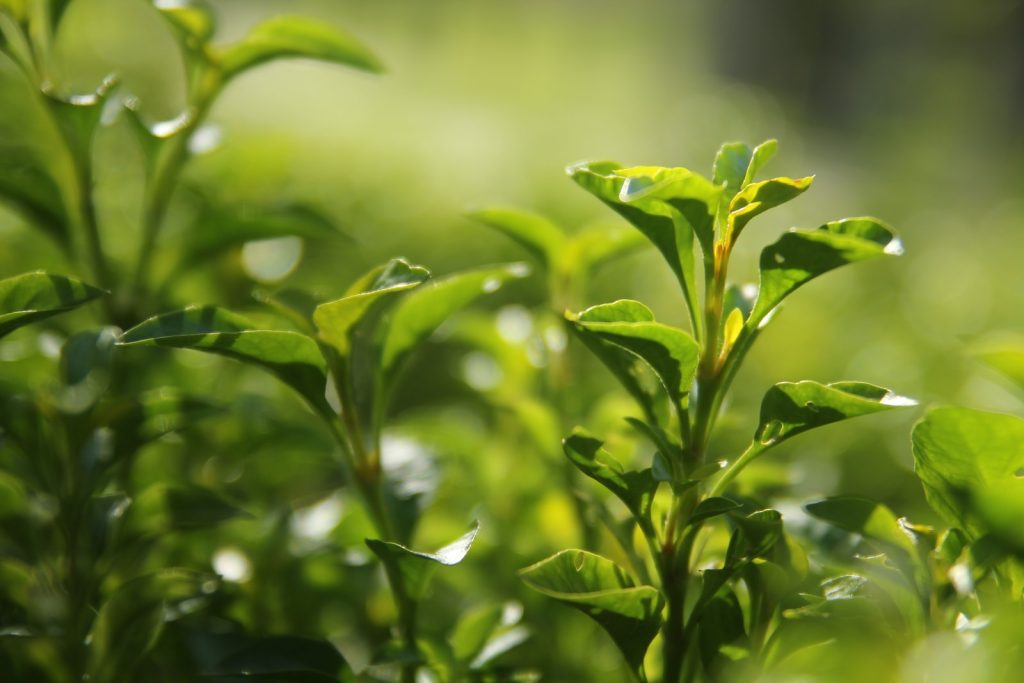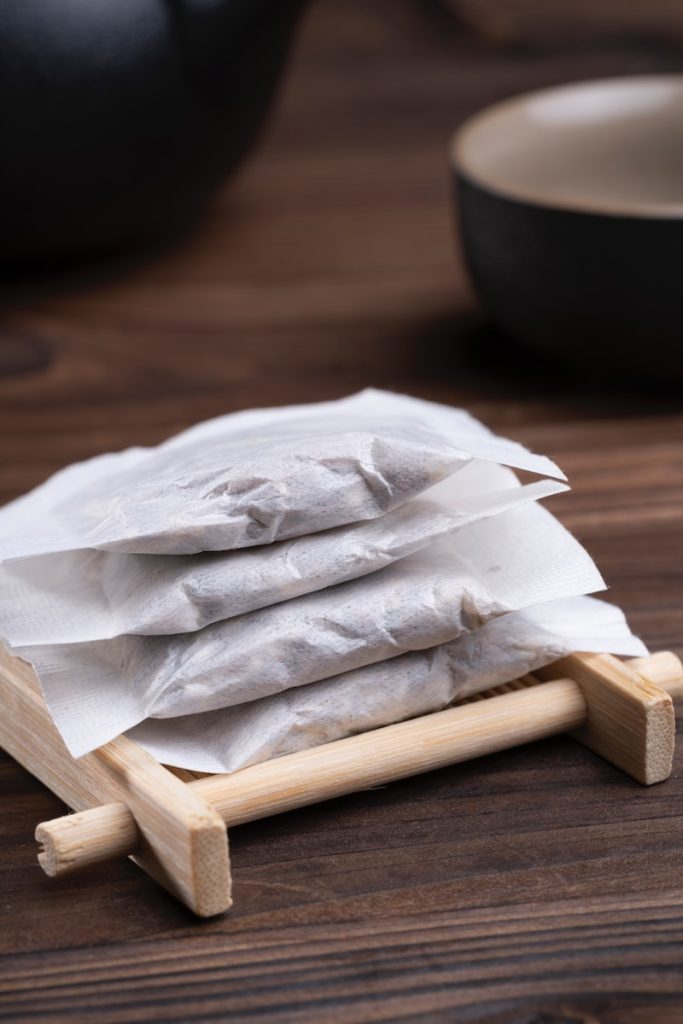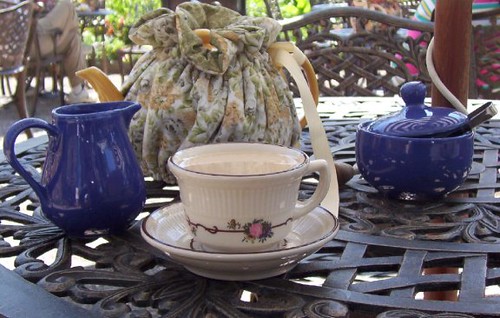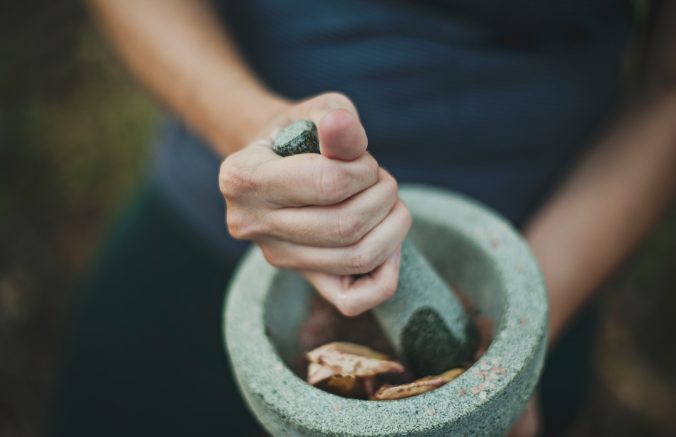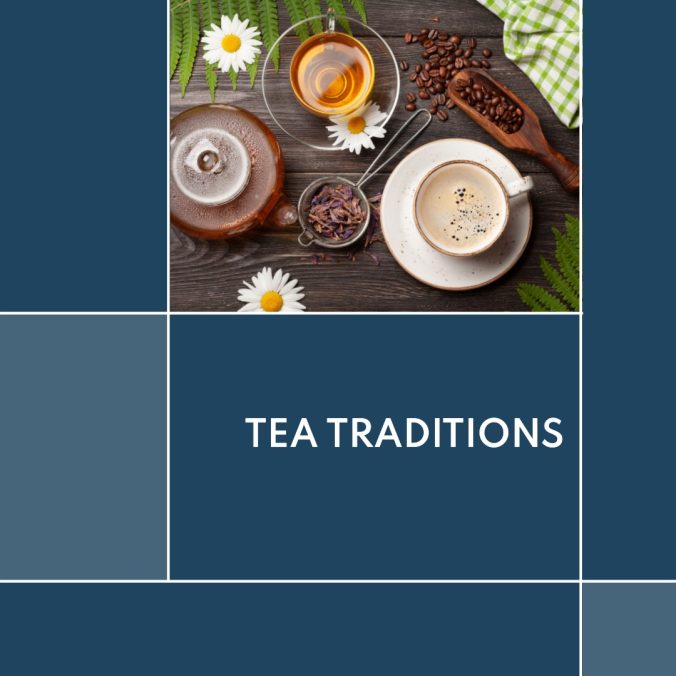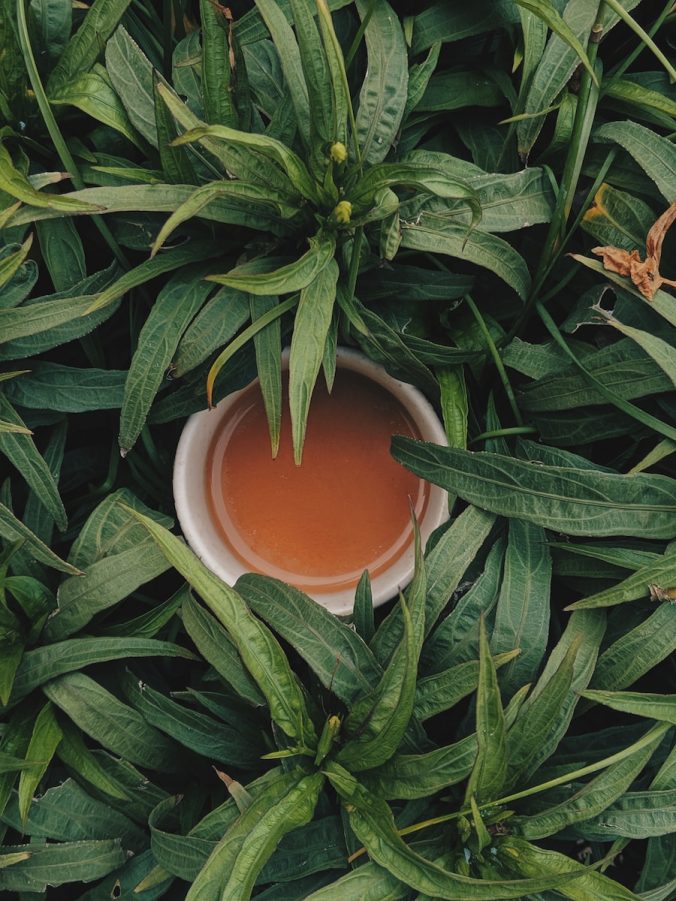Table of Contents
- Understanding Tea Flavor Profiles
- Matching Tea and Food Intensities
- Complementing Tea and Food Flavors
- Contrasting Tea and Food Flavors
- Tea and Food Pairing Tips and Tricks
- Frequently Asked Questions about tea and food
- Conclusion
Are you tired of the same old wine and food pairings? Why not switch things up by exploring the world of tea and food pairing? Tea is an incredibly versatile beverage that can complement or contrast with various dishes to enhance your dining experience. By understanding the principles behind tea flavor profiles, intensities, and flavors, you’ll be able to create unique and delicious pairings that will impress your guests.
Firstly, it’s important to understand the different flavor profiles in tea. From earthy and smoky black teas to light and floral white teas, each type of tea has its own distinct taste. By pairing these flavors with different foods, you can bring out their unique qualities or balance them out for a more harmonious combination.
Additionally, considering the intensity of both the tea and food is crucial. A bold Assam tea may overpower delicate sushi rolls, while a light green tea won’t stand up against a hearty steak dish. With this knowledge in mind, you’ll be able to create pairings that perfectly match in strength without one overpowering the other.
So why not give it a try? The possibilities are endless when it comes to pairing tea with food!
Understanding Tea Flavor Profiles
Delving into the intricacies of taste profiles is essential to fully appreciating how different flavors can interact in a way that elevates one’s culinary encounter. Tea flavor components are complex, and understanding them is crucial when it comes to pairing tea with food.
The four primary elements of tea flavor include sweetness, bitterness, astringency, and aroma. However, these components can vary significantly depending on the type of tea.
To appreciate tea flavor profiles fully, one must learn proper tea tasting techniques. Tasting tea involves engaging all of your senses: sight, smell, taste, and touch.
Before sipping the tea, observe its color and clarity in the cup. Then inhale deeply to capture its aromas before taking a sip and swirling it around in your mouth for an extended period to fully appreciate its flavors.
Evaluating each element of the flavor profile will help you identify what types of food pair best with specific teas.
Matching Tea and Food Intensities
To truly elevate your culinary adventure, it’s essential to pay attention to the intensity of both your beverage and dish, ensuring that they work harmoniously together rather than overpowering one another.
When pairing tea and food, matching their intensities is crucial for a balanced flavor profile. Here are three key things to consider when adjusting the intensity of your tea and food:
- Avoid pairing strong teas with delicate dishes as this can easily overwhelm the flavors of the dish.
- Pair bold teas with robust or spicy dishes to create a complementary flavor profile.
- Mild teas are best paired with light dishes or desserts.
In addition to balancing flavors, adjusting steeping time is also important when pairing tea and food. Steeping time can greatly impact the strength and flavor of your tea, so it’s important to adjust accordingly based on what you’re serving alongside it.
By paying attention to the intensity of both your beverage and dish and making mindful adjustments, you’ll be able to create a perfectly harmonious dining experience that tantalizes all of your senses.
Complementing Tea and Food Flavors
Get ready to take your taste buds on a journey as we explore how flavors can work together in perfect harmony when it comes to tea and food flavor balancing.
The key is to understand how different types of tea can complement or contrast with various dishes, enhancing the dining experience.
When it comes to complementing flavors, look for teas that have similar or complementary notes to the dish you’re serving.
For example, a light and floral green tea pairs well with delicate salads or fish dishes, while a bold black tea complements hearty meat dishes.
Tea infusion techniques can also play a role in flavor balancing. Steeping times and temperatures can affect the strength and intensity of the tea’s flavor profile, so consider adjusting these variables based on what you’re pairing the tea with.
For example, if you’re serving a spicy curry dish, try brewing a strong chai tea with added milk and sugar for a creamy and flavorful pairing.
With some experimentation and understanding of flavor profiles, you’ll be able to create perfect pairings every time!
Contrasting Tea and Food Flavors
You can truly elevate your taste experience by exploring the art of contrasting flavors in your tea and cuisine choices. While complementing flavors work well together, a pair that contrasts can create a unique and unforgettable dining experience. Contrasting tea and food flavors is all about finding the right balance of bitter and sweet or savory and spicy.
For example, if you’re looking to contrast with a sweet dessert, try pairing it with a bitter tea such as Pu-erh or Matcha. The bitterness will help cut through the sweetness of the dessert, creating an intriguing flavor profile.
Alternatively, pairing a savory dish with a spicy tea like Chai or Ginger can add depth and heat to the meal. The bold flavors will complement each other rather than compete, resulting in a satisfying taste experience.
By experimenting with different bitter-sweet or savory-spicy pairings, you’ll discover new ways to enhance your meals!
Tea and Food Pairing Tips and Tricks
Ready to take your taste buds on a flavor journey? Let’s dive into some expert tips and tricks for pairing the perfect sips with your favorite bites.
When it comes to tea and food pairing, there are several challenges that you might encounter. The first challenge is that not all teas go well with all types of food. For example, green tea can be too delicate to pair with spicy or heavily flavored dishes. On the other hand, black tea has a strong flavor that can overpower mild dishes.
To overcome these challenges, it’s important to understand the different flavors and aromas of each type of tea and how they interact with various types of food. You should also experiment with unconventional combinations by exploring new flavors and ingredients.
For example, try pairing oolong tea with sushi or seafood dishes as its floral notes complement the umami flavors in fish. With these tips and tricks in mind, you’ll be able to create unique and memorable experiences for yourself and your guests through creative tea and food pairings!
Frequently Asked Questions about tea and food
To maintain the freshness and quality of your tea, it’s important to follow best storage practices. First, make sure your tea is stored in an airtight container, away from light and moisture.
The ideal temperature for storing tea is between 60-80°F. Additionally, avoid storing your tea near strong-smelling foods or spices as they can transfer their flavors onto the tea.
It’s also recommended to consume your tea within six months of purchase to ensure optimal flavor. By following these simple steps, you can enjoy fresh and flavorful cups of tea every time!
When it comes to tea pairing, the type of water used can greatly affect the taste of your tea. The mineral content and pH level of different water types can either enhance or detract from the subtle flavors of your tea.
For example, hard water with high mineral content may overpower delicate teas with its strong taste while soft water with low mineral content may result in a flat-tasting brew. Therefore, it’s important to consider the effects of water type on tea taste when selecting your beverage for a meal.
Additionally, the temperature of the water used also plays a crucial role in tea pairing. Different teas require specific temperatures to bring out their unique flavors and aromas, so be sure to check the recommended brewing temperature before pairing with food.
By paying attention to these details, you can optimize your tea tasting experience and elevate any dining occasion.
What are some common mistakes people make when pairing tea with food?
When it comes to pairing tea with food, there are a few common mistakes that people tend to make. One of these is not taking into account the flavor intensity of both the tea and the food.
If you have a mild-flavored tea, it may be overpowered by a strongly flavored dish. On the other hand, if you have a strong tea, it might overpower a delicate dish.
Another mistake is not considering the temperature of the tea and how it will affect the flavors of your meal. For example, if you pair hot tea with spicy food, it can intensify the heat and make your mouth feel even hotter.
By being aware of these common missteps, you can create perfectly balanced flavor combinations that enhance your dining experience.
Are there any particular teas that should be avoided when pairing with certain types of food?
When it comes to pairing tea with food, there are certain teas that should be avoided in order to ensure a harmonious pairing. Tea tannins, which can create a bitter taste and dry mouthfeel, should be avoided when paired with delicate or light dishes such as fish or salads. Instead, opt for teas with lower tannin content such as white or green teas.
Flavor intensity is also an important factor in tea and food pairings. Strongly flavored teas like chai or black tea should be paired with bold and hearty dishes like red meat or spicy curries, while subtle and floral teas such as jasmine or oolong work well with lighter fare such as sushi or fruit-based desserts.
By understanding the nuances of tea flavors and how they interact with different types of dishes, you can elevate your dining experience to new heights.
How does the temperature of the tea and food affect the pairing experience?
When it comes to enjoying tea, temperature is everything. Tea brewing techniques and serving temperature can make or break the pairing experience with food.
The perfect cup of tea can be ruined if it’s too hot or too cold when served alongside a dish. Similarly, food temperatures affect how well they pair with different teas.
For instance, a hot cup of tea may not work well with spicy food as it intensifies the heat sensation in your mouth. On the other hand, iced tea could be refreshing when paired with sweet pastries or cakes on a warm day.
To enjoy the best pairing experience possible, pay attention to both the temperature of your tea and food before taking that first sip or bite!
Conclusion
Congratulations! You’ve just learned the art of tea and food pairing. By understanding the flavor profiles of different teas, you can now select the perfect brew to complement or contrast with your favorite dishes.
Remember that matching tea and food intensities is essential for a balanced taste, while complementing flavors can enhance the dining experience.
Don’t be afraid to experiment with different combinations and discover new pairings that suit your tastes. And if you’re hosting a dinner party, impress your guests by serving tea alongside each course.
Follow these tips and tricks and become an expert in pairing tea with different types of food. Your taste buds will thank you!


